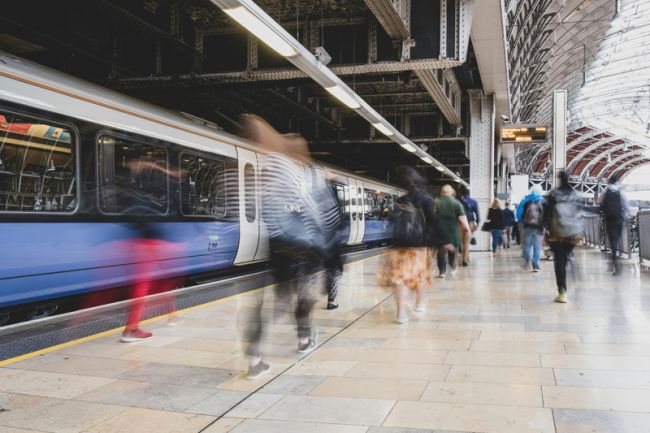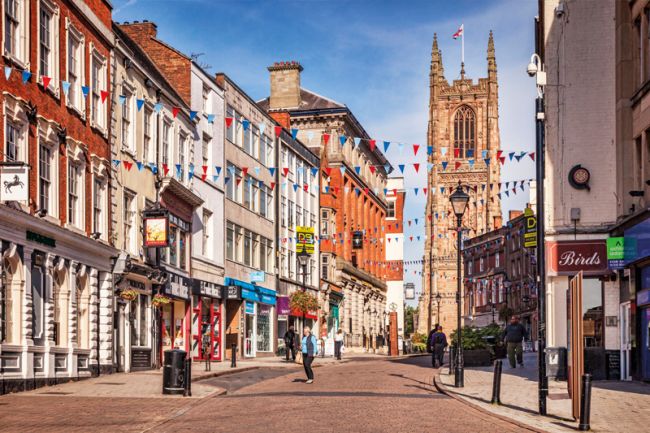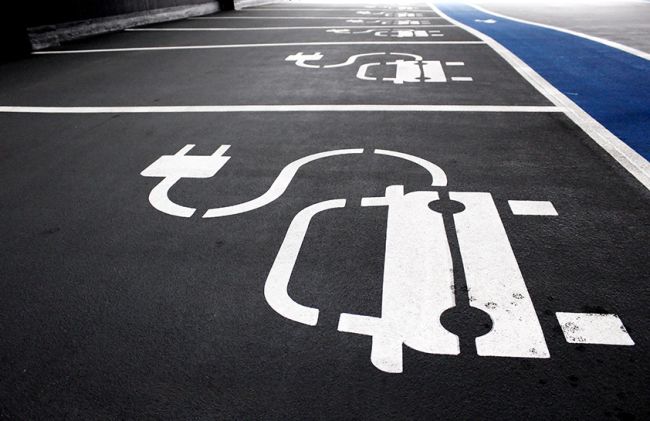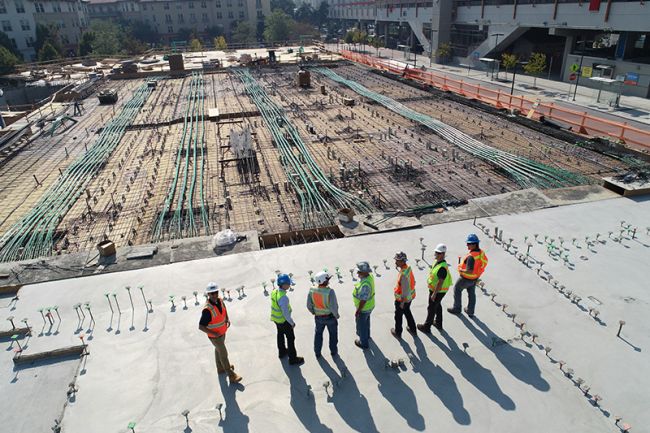The Importance of Process in Planning: the Dublin Transportation Initiative – Part 1: Origins
The Dublin Transportation Initiative was a land use transport study that established a long-term strategy and a short-term delivery plan.

Reporting in 1994, the Dublin Transportation Initiative (DTI) was a land use transport study that established a long-term strategy and a shorter-term delivery plan for Ireland’s capital, as well as an on-going process for strategy review and development. Pat Mangan, formerly of the Department of the Environment and the government lead for DTI, Jim Steer, who was the consultancy team’s project director, and myself have co-authored a paper that has been published in the Power of Plans edition of the journal Built Environment. In the paper, we look back at how the DTI came about, the study itself and its legacy, with a focus on the process of planning. Starting with DTI’s origins, this is the first of four pieces that summarise what we said.
At the end of the 1980s:
- Dublin was an increasingly congested city, although the economic downturn of the early 1980s had provided some short term, if largely illusory, relief
- Inner city Dublin faced particular challenges with population and retail activity moving to the suburbs, poor quality building stock, large areas of under-utilised land, the effects of planning blight (including from road and public transport proposals) and adverse traffic impacts, including those of trucks accessing Dublin Port, one of Ireland’s principal ports
- Over 150,000 people lived in the Western New Towns of Blanchardstown, Lucan/Clondalkin and Blanchardstown, but they were poorly connected to the rest of the Greater Dublin Area by road and to central Dublin by public transport. Poor transport links were contributing to deprivation
- Governance and institutional structures were complex and ineffective
It was increasingly recognised that the transport provision in Dublin was holding back the economic and social development of the city, and as Dublin is by far largest city in Ireland, the State as a whole. In 1988, the Government established the Dublin Transportation Review Group to review and recommend possible approaches to future transportation planning. Reporting in January 1989, it summarised the position as follows:
- The last full transportation study (the Dublin Transportation Study) was completed in 1971 and there had been significant economic and demographic changes in the intervening period, including the development of the Western New Towns
- Most of the recommendations of the Dublin Transportation Study and the subsequent Dublin Rail Rapid Transit Study (1975) and the Transport Consultative Commission Report on Passenger Transport in the Dublin Area (1980) had not been implemented and it was important to establish why
- Traffic and other forecasts in previous studies had in some cases proven to be too high
- There was no agreed overall public policy on transportation in Dublin
- Previous studies had not been subject to the discipline of a specific financial constraint setting out the total resources likely to be available for their implementation
The Review Group recommended that a study focused on transportation planning should be undertaken in two phases. Phase One should review the existing situation, evaluate the recommendations of previous transport studies, assess traffic forecasting processes, and identify data requirements. Phase Two would produce proposals to meet existing and future transportation requirements.
The new plan would have to:
- Provide a convincing and coherent policy framework for investment in the Dublin transport system which would support economic recovery and help make Dublin a better place in which to live and work
- Make the case for European Structural Funds financial assistance
- Overcome a public policy mindset which favoured the private car over public transport and the longstanding central Government policy not to provide funding for capital investment in public transport
- Come up with a series of practical and realistic recommendations which, unlike those of previous studies, had a good chance of being implemented
Mangan P., Steer J. and Chadwick N. (2022) The Importance of Process in Planning: the Dublin Transportation Initiative Built Environment 48(4)


























